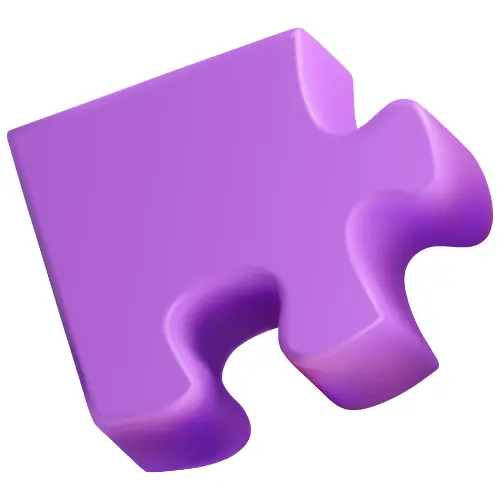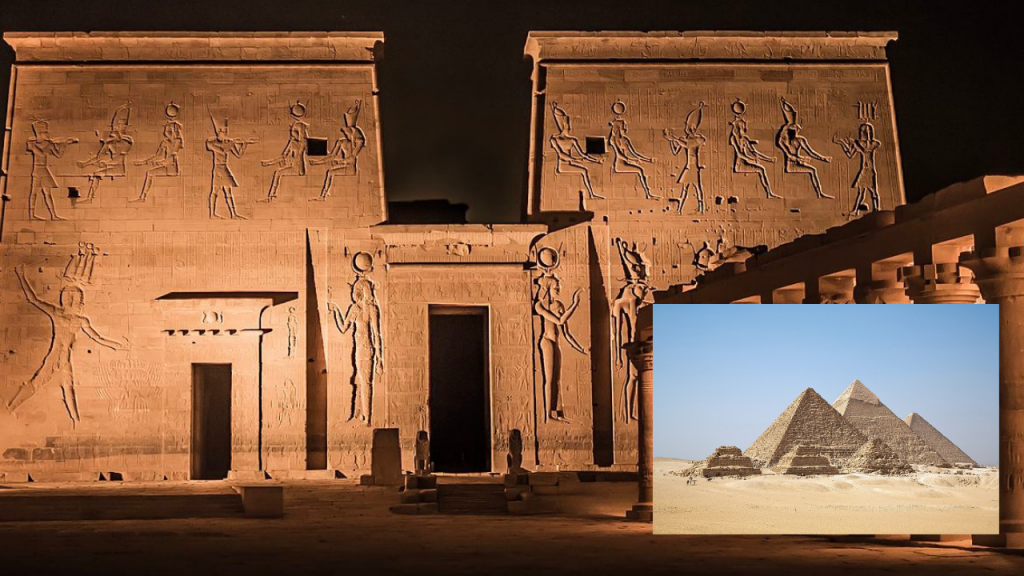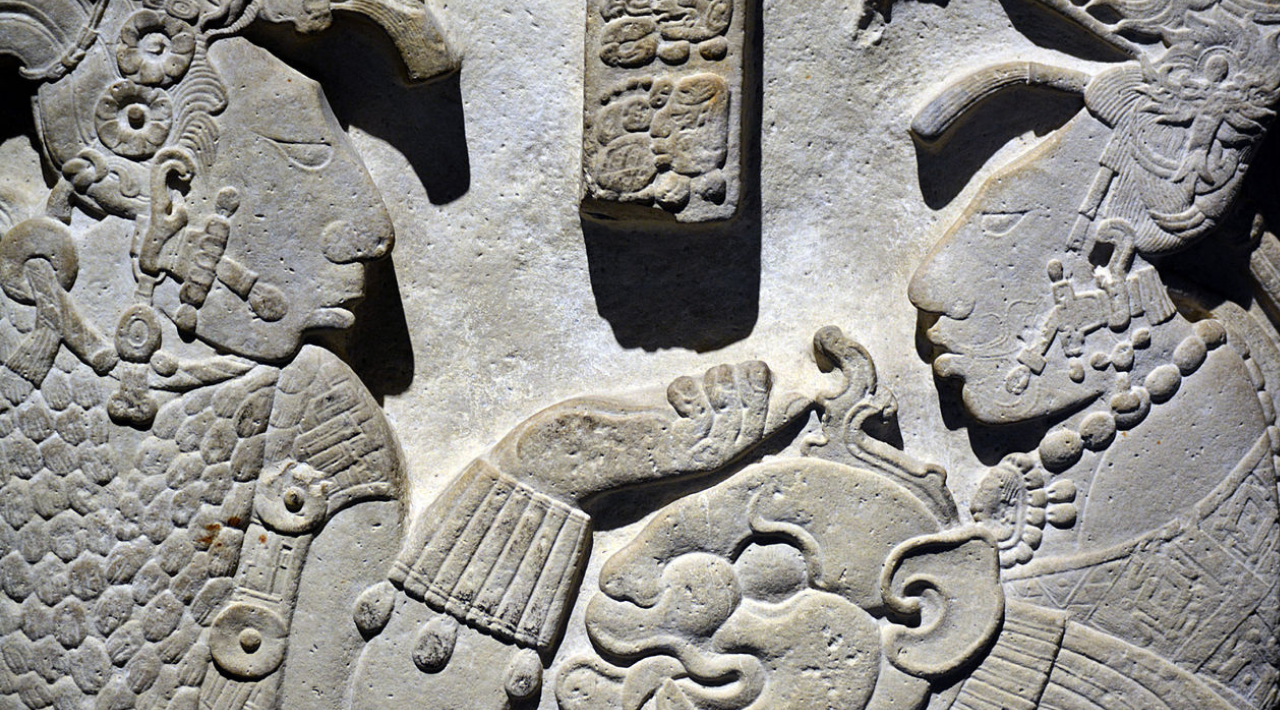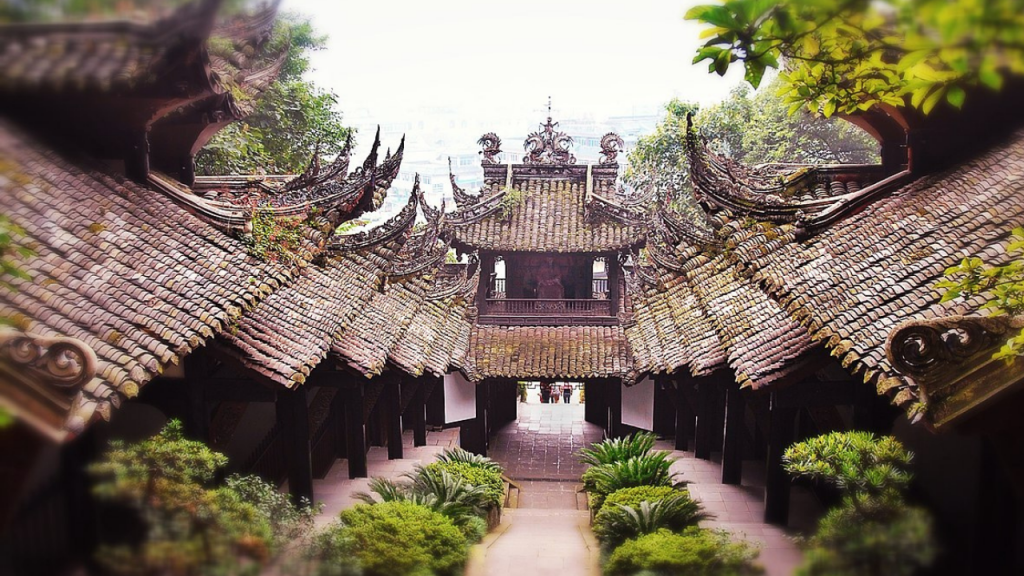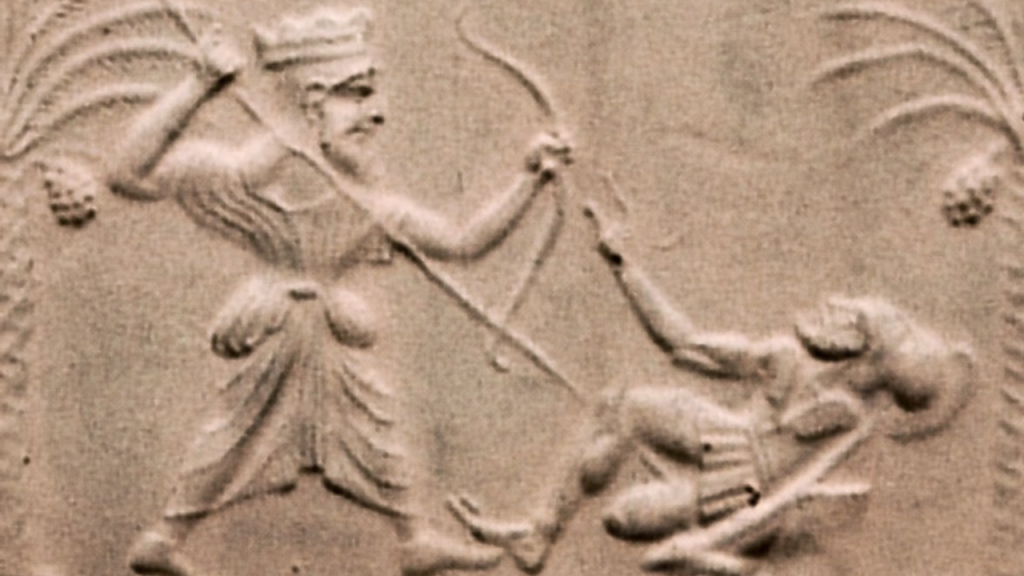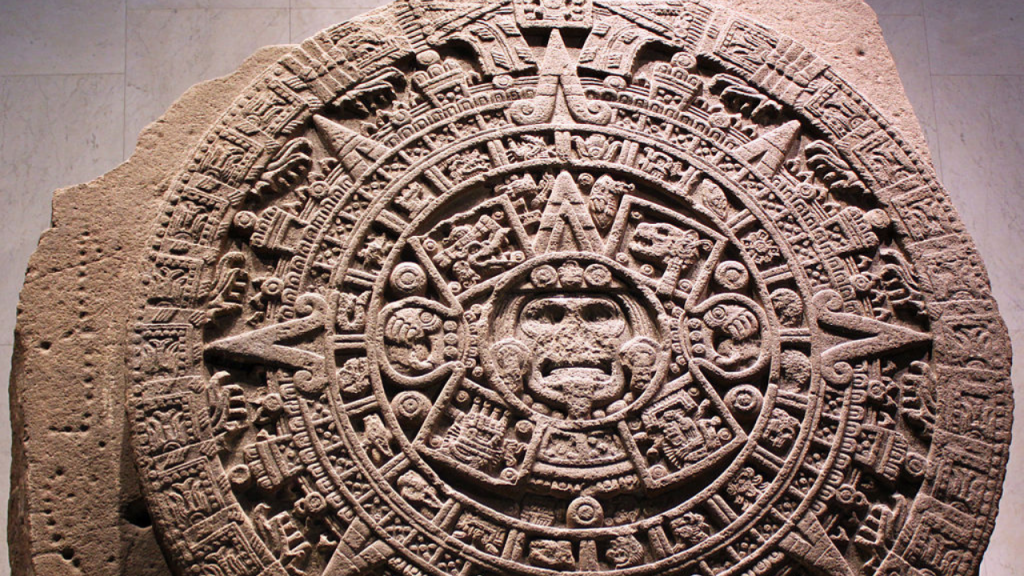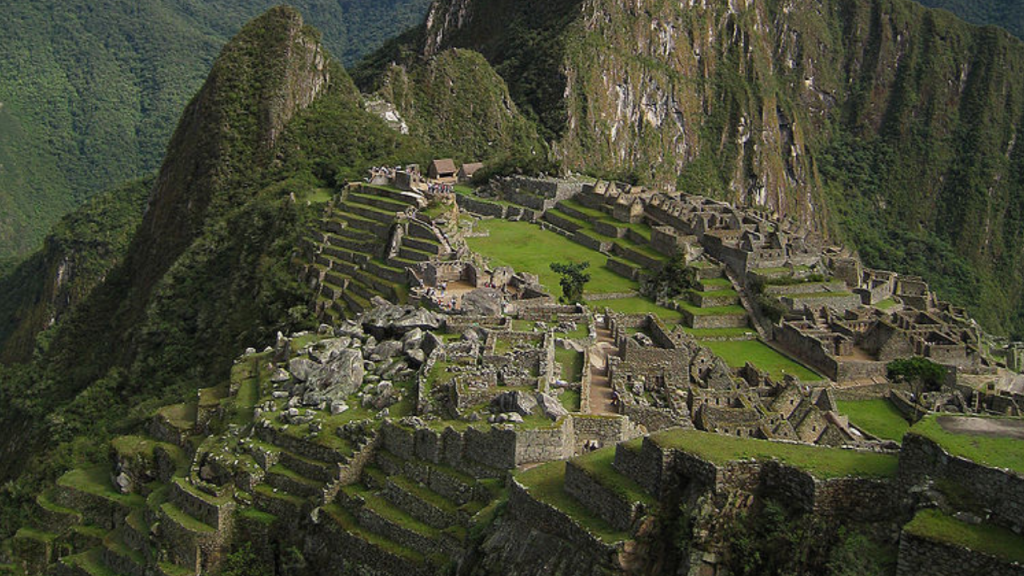The history of humanity is a very long story. It is believed that humans have been around for about 300,000 years. Our species has gone through many changes and has developed from single-celled organisms into what we know today.
There are many ancient civilizations that are developed independently of each others with distinctive cultures and traditions. These oldest civilizations left behind traces of their existence in the form of archaeological evidence.
Here is the list of top 10 oldest civilizations in the world.
1. Mesopotamian Civilization
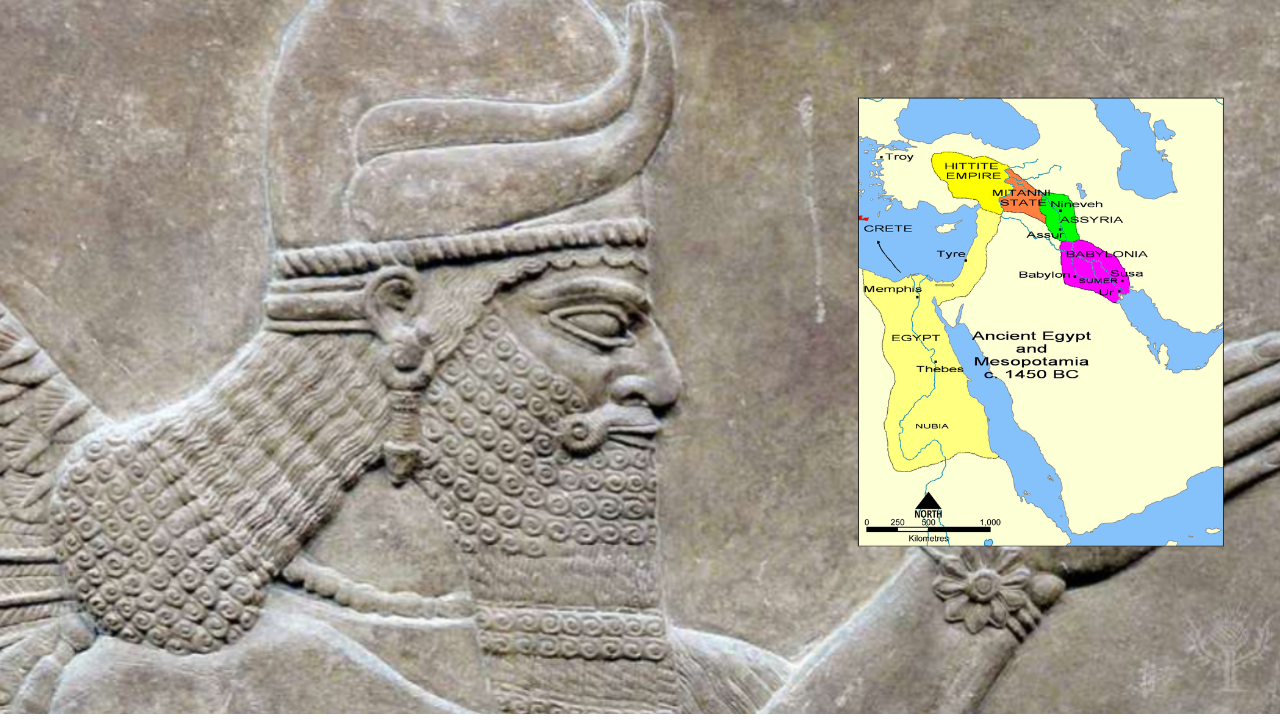
Period: 3500 BC–550 BC
Current Location: Iraq, Syria, and Turkey
Mesopotamia, the oldest civilization in the world, has been a significant place in human history. It was home to the Sumerians and Akkadians, who were the first to create cities and write down their ideas.
The Mesopotamian Civilization is one of the most important civilizations in human history. It was founded by people who had a great influence on our society today. The Mesopotamian Civilization gave us many great concepts such as writing, mathematics, astronomy, and agriculture.
Mesopotamia was built on a river called Tigris and Euphrates, which made it possible for them to trade with other cultures through their cities.
The Mesopotamian Civilization is considered to be one of the most significant developments in human history. It was the first civilization to who invented ‘wheel’, develop writing, and plant cereal crops.
Top 10 Most Spoken Languages in the world in 2022
2. Indus Valley civilization
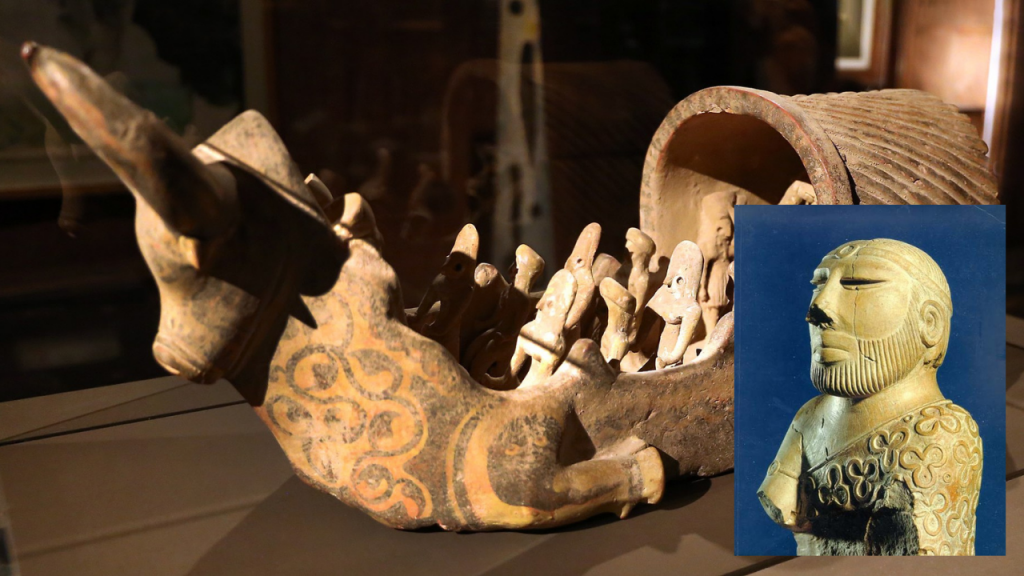
Period: 3300 BC–1500 BC
Current Location: Part of Afghanistan to Pakistan and northwest India
The Indus Valley civilization is one of the world’s earliest known urban civilizations. It was located in the northwestern region of the Indian subcontinent, and is considered to be one of the first major urban civilizations.
It was also known as the Harappan Civilization.
The cities of Mohenjo-daro and Harappa are among the largest ever found, with a total area of nearly 23 square miles (60 km2). They were built up in the form of a collection of villages, with streets and drainage systems.
Mohenjo-daro is one of the world’s largest urban settlements ever found. It was an ancient city that flourished around 2600 BC and was located in what is now Pakistan’s Sindh province, near modern-day Karachi. The city was built on a massive scale, with large buildings made from baked bricks.
The Indus Valley civilization is often referred to as a “lost” or “mysterious” civilization because it has left no known historical texts. The lack of written records has led to much speculation about this ancient society, including that it was wiped out by a natural disaster such as an earthquake or flood, or that it was destroyed by invaders from Central Asia.
3. Ancient Egyptian Civilization
Period: 3100 BC–500 BC
Current Location: Egypt
The ancient Egyptians were among the first civilizations to develop agriculture and domesticate animals. They also built pyramids and other monumental structures.
The success of ancient Egyptian civilization came partly from its ability to adapt to the conditions of the Nile River valley. The annual flooding of the river created a rich and fertile soil, which allowed them to grow crops in large quantities. They also developed irrigation systems that helped them grow plants in different regions of Egypt.
The ancient Egyptians were able to achieve many great things in their civilization, including quarrying, surveying, and construction techniques that are still used today.
4. Maya Civilization
Period: 2500 BC–950 AD
Current Location: Mexico and El Salvador
The Maya civilization was a Mesoamerican civilization developed by the Maya peoples. It is known as one of the most complex and influential civilizations in the Pre-Columbian Americas.
Maya civilization is an ancient Mesoamerican civilization that flourished between 1800 BC and 900 AD in a territory comprising most of what is now southeastern Mexico, Guatemala, Belize, western Honduras and northern El Salvador. The Mayan Empire was a powerful influence across Mesoamerica, and their advanced knowledge of astronomy led to great advances in mathematics and timekeeping that were not surpassed until the 19th century.
Maya calendar: A key aspect of Maya culture was their sophisticated calendar system, which they used to organize agricultural cycles based on lunar cycles.
5. Greek Civilization
Period: 2000 BC–1200 BC
Current Location: Greece
The Greek civilization is widely considered to be the cradle of Western cultures. The Greeks started with a small, but powerful city-state in the region of the Aegean Sea and expanded to create a vast empire that extended from Egypt to India.
The Greeks were one of the first civilizations in Europe and are credited with developing democracy, philosophy, architecture, literature, theater, science, and mathematics.
The Greeks made significant contributions in many fields including philosophy (Plato), mathematics (Euclid), history (Thucydides), science (Galileo) and democracy (Aristotle).
The Greeks pioneered in many fields that rely on systematic thought. They are credited with developing the sciences of biology, philosophy, history, and geometry.
Top 10 Best and Iconic Historical Places in the USA
6. Ancient Chinese Civilization
Period: 1800 BC–1000 BC
Current Location: China
Ancient Chinese Civilization is an ancient civilization in East Asia. It was one of the world’s earliest civilizations and was also one of the most technologically advanced. The ancient Chinese civilization was based on Confucianism, Taoism, and Buddhism. The country has a long history of cultural and technological advancements.
Ancient Chinese Civilization is known for its traditional arts and culture, such as calligraphy, painting, poetry, music, and dance.
The ancient Chinese civilization was able to create paper from bamboo, a material that was abundant in China. The invention of paper allowed for a greater communication between people and contributed to the development of writing, which led to many other developments like printing and publishing. The Chinese civilization has had a major influence on East Asia, Southeast Asia.
7. Persian Civilization
Period: 600 BC–300 BC
Current Location: Modern-day Iran
The Persian civilization is one of the most influential cultures in the world. This is because they have influenced many other cultures through their architecture and art.
The Persian civilization is one of the most influential cultures in the world. It has had a profound impact on many aspects of human life, from politics to science and religion. For example, it was an important part of Islamic culture, and it was home to many philosophers and scientists such as Avicenna, Al-Farabi, Ibn Sina, Omar Khayyam and Rumi.
One of the key defining characteristics of the Persian civilization is its historical continuity and variety of cultural suppleness.
8. Roman Civilization
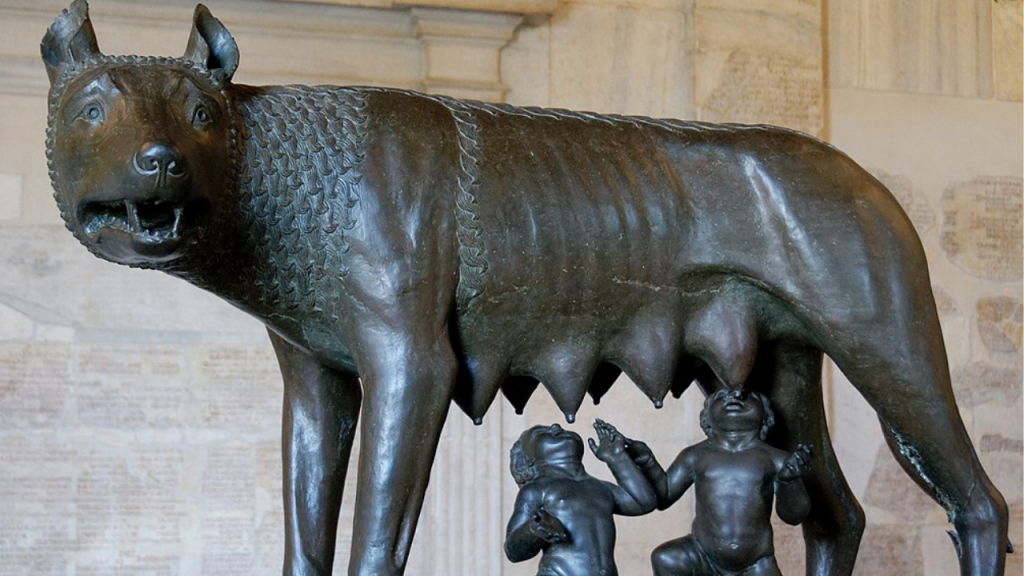
Period: 500 BC–0 AD
Current Location: Rome
Roman civilization is one of the most influential in human history. Its language, religion, society, technology, law, and politics have influenced many other civilizations.
It is believed that Roman civilization has contributed to more than a few modern languages, with Latin being the most famous example. It is also one of the most influential in modern culture and religion.
The Roman Empire was the most significant and influential state in the Mediterranean Sea, stretching from the Atlantic to the Black Sea. The Romans created a system of government called res publica (public affairs) which allowed them to expand their military and professionalize their society.
Rome’s legacy is still seen in modern society today as it has given rise to many influential institutions such as law, literature, art, architecture, science, education, philosophy, and democracy.
9. Aztec Civilization
Period: 1300 AD–1500 AD
Current Location: Mexico
The Aztec civilization was a Mesoamerican culture that flourished in central Mexico in the post-classic period. The Aztecs were one of the most advanced civilizations of the Americas, and their capital city, Tenochtitlan, became an important center of trade.
The Aztec Empire was not only military but also had many cultural and religious aspects. They were polytheistic and believed that human sacrifices were necessary to maintain order and balance between different gods
The Temple Mayor is the most famous of all Aztec temples. It is located in the center of Mexico City and has been the site of several important historical events in Mexico’s history.
The temple was built to serve as a place for human sacrifice to Huitzilopochtli, the god of war and sun worship. The temple also served as an administrative center for the empire.
10. Incan Civilization
Period: 1400 AD–1600 AD
Current Location: Parts of Ecuador, Peru, and Chile
The Inca civilization flourished in ancient Peru and is considered as one of the most advanced civilizations that existed in the Americas.
The Inca civilization was known for its engineering, architecture, and agriculture. They were also known for their elaborate rituals, agricultural practices, and astronomical knowledge. The Incas were able to conquer people and exploit the landscape by adapting to their environment.
The Inca civilization is among the most remarkable ancient civilizations. It developed a system of roads, bridges, and irrigation systems that allowed them to prosper in the harsh Andean environment.
Machu Picchu is a world-famous site that has been visited by millions of people since its discovery in 1911. It served as an important ceremonial site for the Incan people and was built out of natural stone blocks without any mortar or cement.
